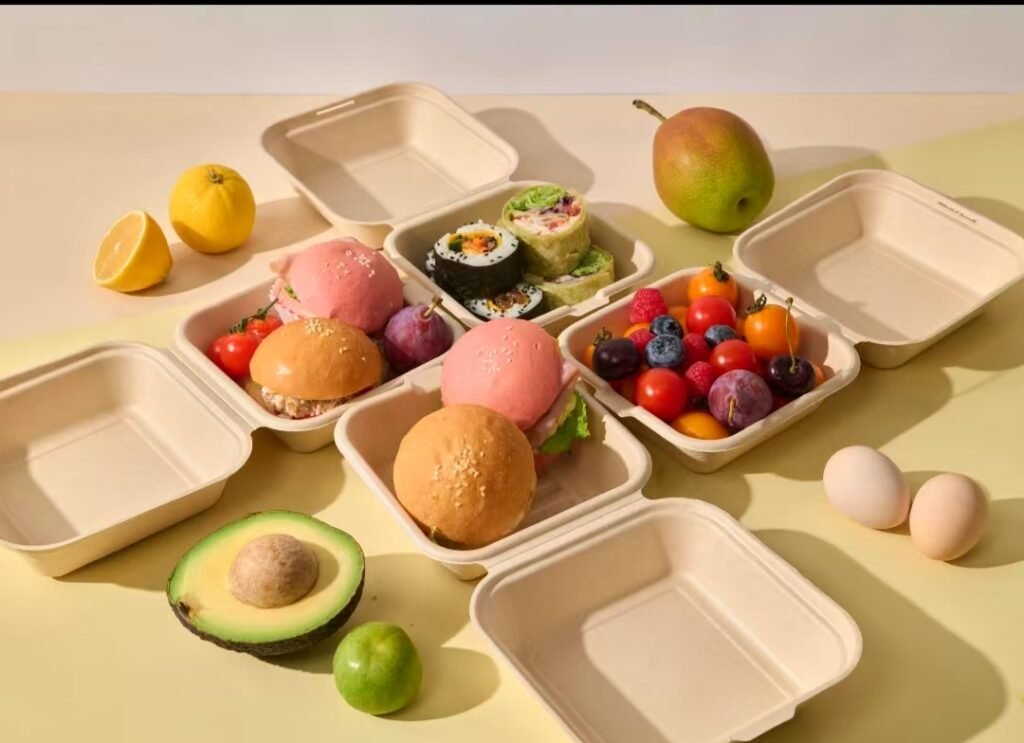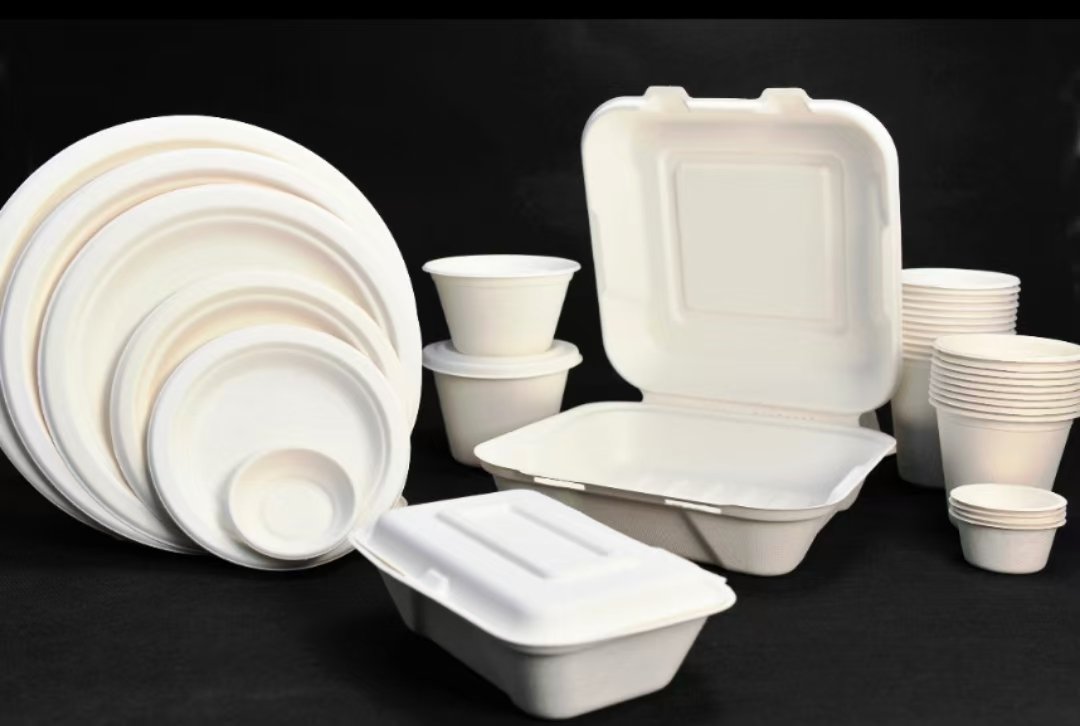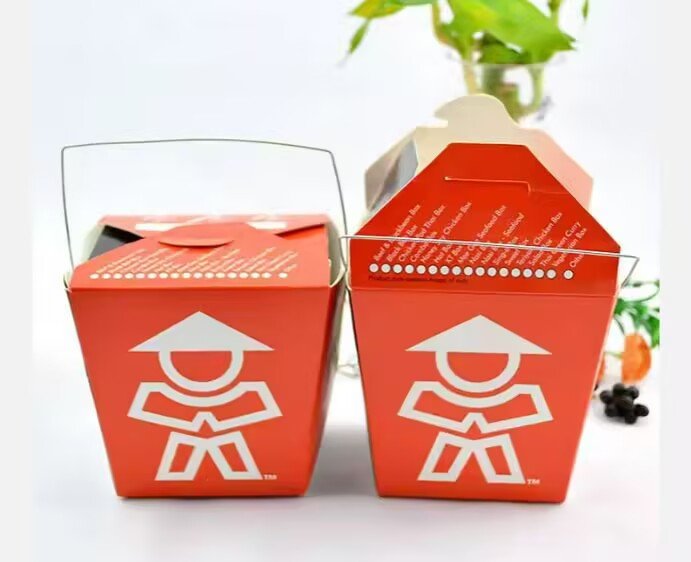Plastic ban and solutions for European supermarkets in 2025 (9)
Ganyuan
2025 年 5 月 22 日

In 2025, Europe will fully implement a ban on plastic packaging in supermarkets. This policy not only accelerates the global trend of reducing plastic use but also means that traditional plastic packaging companies must quickly transform and find sustainable alternatives. As an export-oriented factory dedicated to the research and production of bagasse products, we understand that this transformation is both a challenge and an opportunity. This article will analyze the core requirements of the European plastic ban and demonstrate how bagasse products can serve as an ideal solution that balances environmental protection with functionality.
1.Why did Europe choose to ban plastic?
The EU’s plastic ban is not a fleeting decision. According to statistics, Europe generates about 26 million tons of plastic waste annually, with nearly 40% coming from single-use packaging. These plastic products are difficult to degrade in the natural environment, polluting oceans and harming wildlife, and even threatening human health through the food chain. The carbon emissions from traditional plastic production also run counter to the EU’s goal of becoming carbon neutral by 2050.
As a result, the 2025 ban will ban supermarkets from using non-biodegradable plastic pallets, cling film and fresh packaging. Instead, they must use compostable, recyclable or renewable materials. The policy will not only force companies to innovate, but also push consumers toward greener lifestyles.
2.Sugarcane residue products: from agricultural waste to packaging stars
Sugarcane bagasse, as a by-product of the sugar industry, has long been regarded as “waste”. But through technological innovation, we have turned it into a high-strength, biodegradable plant fiber material, which has become a star product to replace plastic. Here are the five core advantages of sugarcane bagasse packaging:
(一) Extend the preservation period of fruits and vegetables and reduce the loss
-European supermarkets lose billions of euros a year due to the decay of fruits and vegetables. The bag of sugarcane residue balances the exchange of oxygen and carbon dioxide in the package through a unique “breathing regulation” mechanism, avoiding the odor or over-maturity of fruits and vegetables due to anaerobic respiration.
-Natural lignin and phenolic compounds in the material can inhibit the growth of mold, combined with high air permeability design, can extend the shelf life of fruits and vegetables by 30%. For example, a Spanish supermarket chain using sugarcane waste pallets, the loss rate of strawberries from 15% to 5%.
(二) Dynamic humidity management to adapt to changing environment
The microporous structure of sugarcane fiber can automatically absorb the moisture released by fruits and vegetables, and release moisture when the environment is dry, stabilizing the humidity inside the package in the optimal range of 85%-95%. This characteristic is especially suitable for the variable storage environment in Europe, whether it is a cold storage or a room temperature shelf, it can prevent fruits and vegetables from losing water or condensation rotting.
(三) Reliable partner for cold chain transportation
-Traditional plastic pallets are prone to cracking at low temperatures, while the sugarcane bagasse pallets reinforced by nanofiber technology can withstand the cold chain impact of-18℃. A German fresh logistics enterprise found that the damage rate of sugarcane bagasse pallets in long-distance transportation is only 0.3%, much lower than the 2% of plastic pallets.
(四) 100% biodegradable, return to nature without burden
-Sugarcane residue products can be completely decomposed into water and carbon dioxide within 90 days under industrial composting conditions, and the degradation products can also improve soil fertility. In contrast, traditional plastics take hundreds of years to degrade and release microplastics pollution.
(五) Cost is controllable and in line with business logic
-With large-scale production and technology optimization, the cost of bagasse products has been close to that of traditional plastics. An Italian retailer calculated that the overall cost (including reduced loss and brand premium) was reduced by 8% when bagasse packaging was used instead.
3.Successful practices of European enterprises
Many European companies have taken the lead in incorporating bagasse products into their supply chains:
-Bio&Co supermarket in France: After the full adoption of fresh pallets made from bagasse, its organic vegetable sales increased by 20%. Consumer research shows that 87% of customers choose to repeat purchases due to environmentally friendly packaging.
-FreshFlow Logistics in the Netherlands: By combining a sugarcane pallet with a biodegradable moisture-proof coating, the company reduced mango transport losses from 12% to 4%, saving more than 500,000 euros per year.
-Danish government cooperation project: funding local farms to use bagasse to package direct sales of agricultural products, reducing the use of plastic in intermediate links. The carbon reduction in the first year of the project is equivalent to planting 12,000 trees.

4. How to smoothly transition to bagasse packaging?
For companies planning to respond to the ban, we offer a three-step plan:
(一) Demand assessment: customized packaging design according to product characteristics (such as water content, freshness requirements). For example, berries are suitable for high permeability pallets, while leafy vegetables need to be reinforced with moisture-proof coating.
(二) Small-scale testing: Provide samples for storage and transportation testing to ensure compatibility with existing supply chains.
(三)Seamless replacement: Provide capacity assurance and certification support (such as EU EN13432 compostable certification) to ensure a full switch by 2025.
5.The future is here, green is competitiveness
The plastic ban in 2025 is not only a regulatory requirement, but also a signal of market reshuffle. Consumers are increasingly willing to pay a premium for environmentally friendly brands. —— Surveys show that 76% of European consumers will give priority to products with sustainable packaging.
Sugarcane bagasse products are becoming the first choice of supermarkets, fresh enterprises and logistics companies due to their dual advantages of performance and environmental protection. As a foreign trade enterprise specializing in plant fiber packaging, we have provided solutions for more than 30 countries around the world, and look forward to working with you to jointly embrace the opportunities of the plastic-free era.
Recent News



